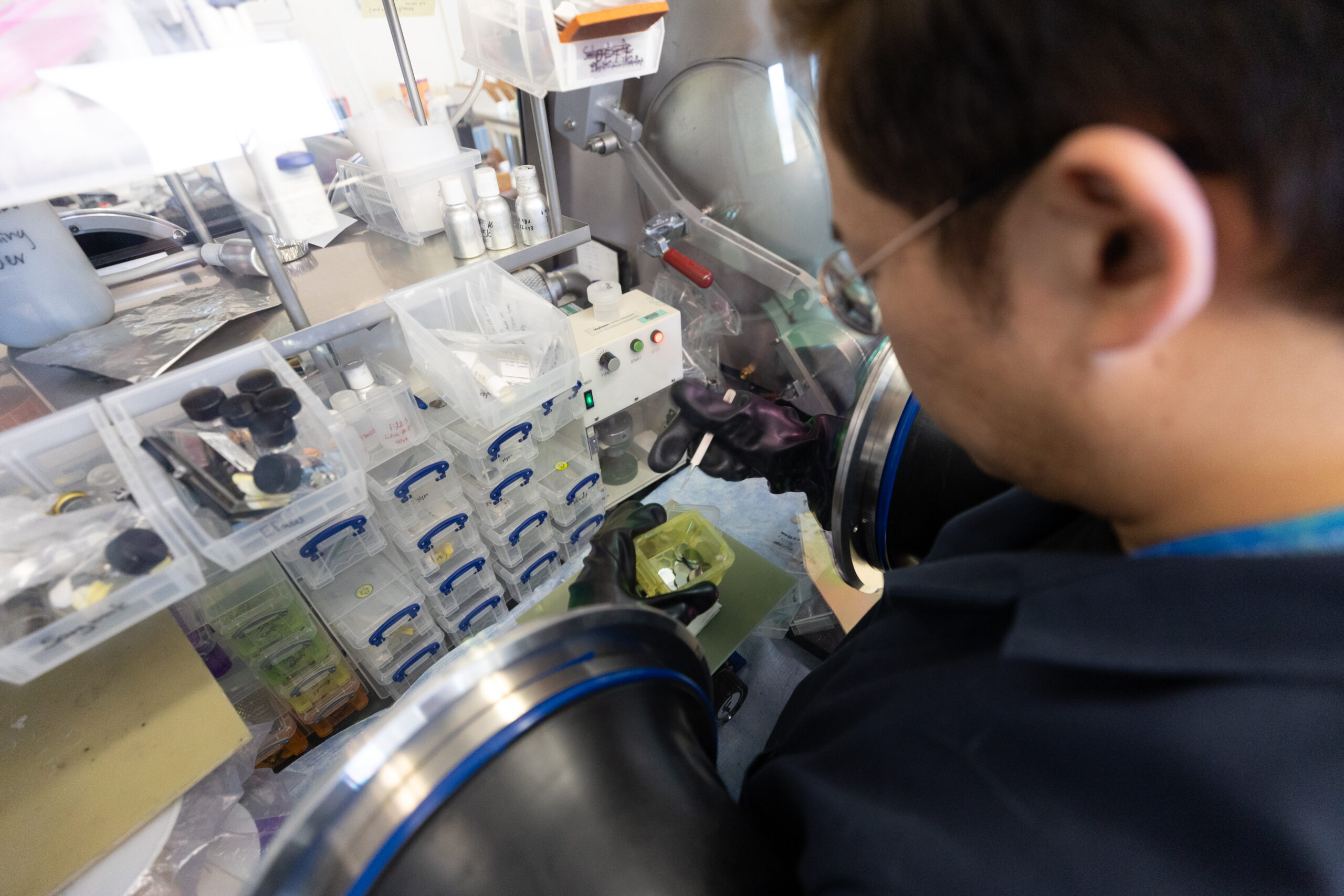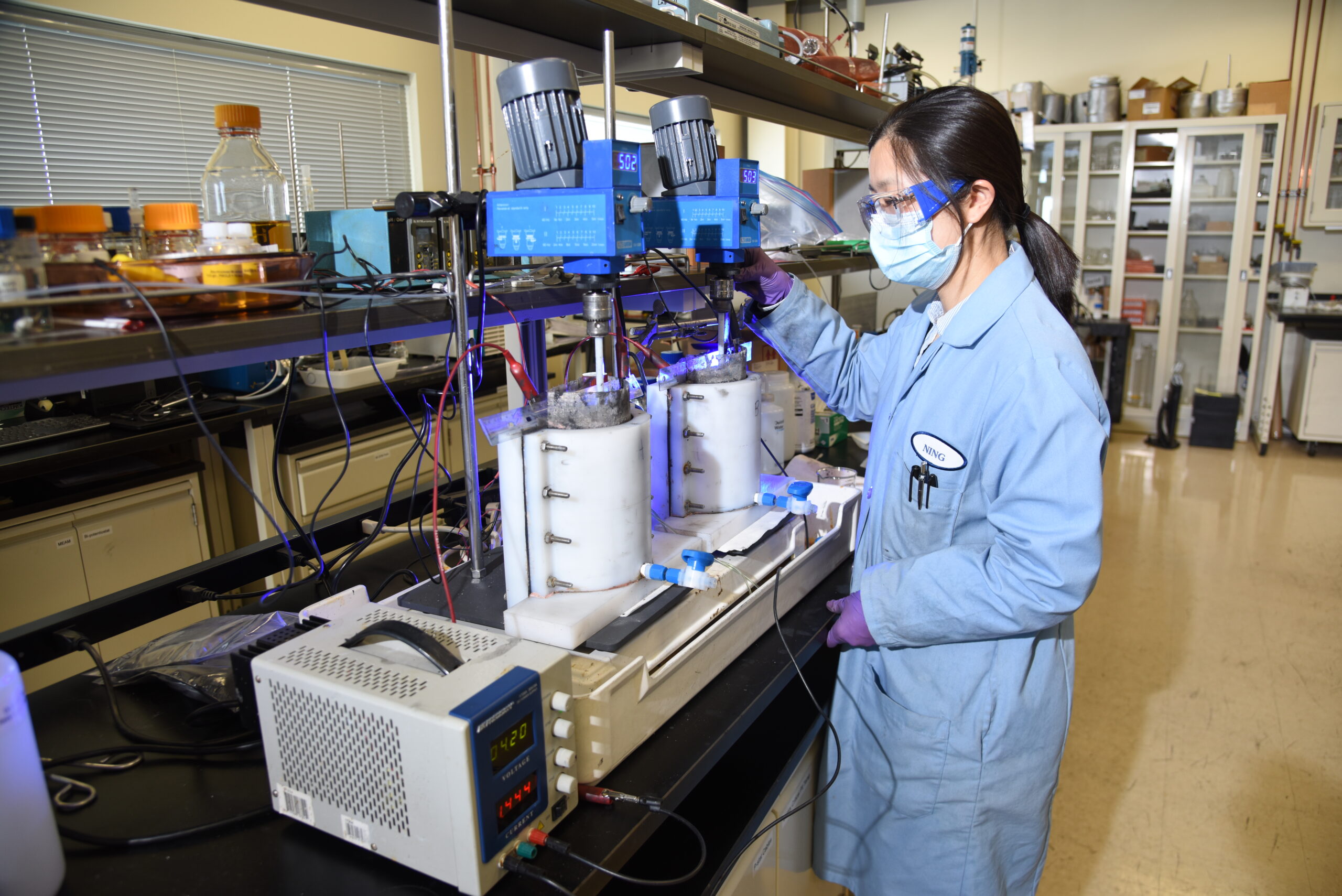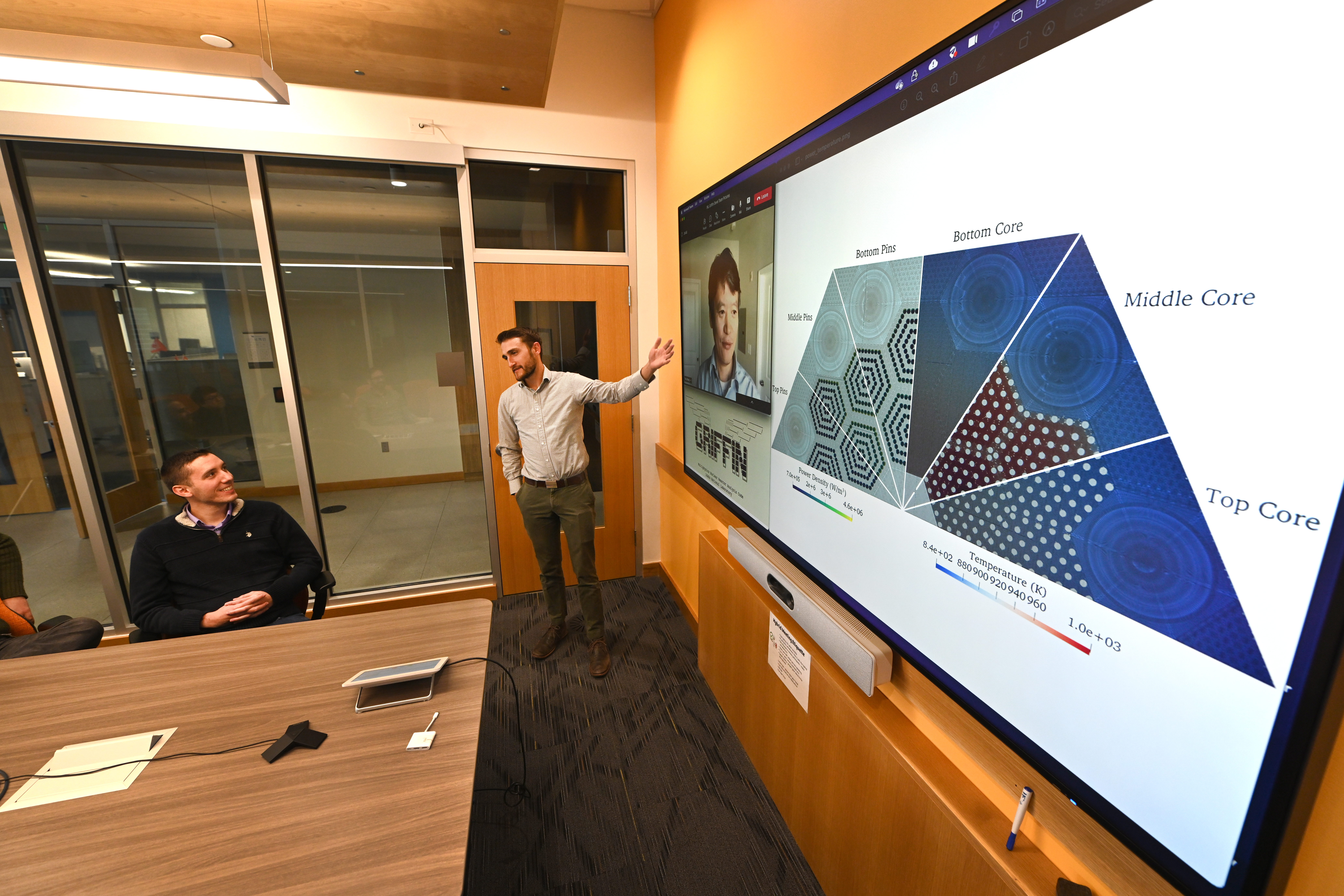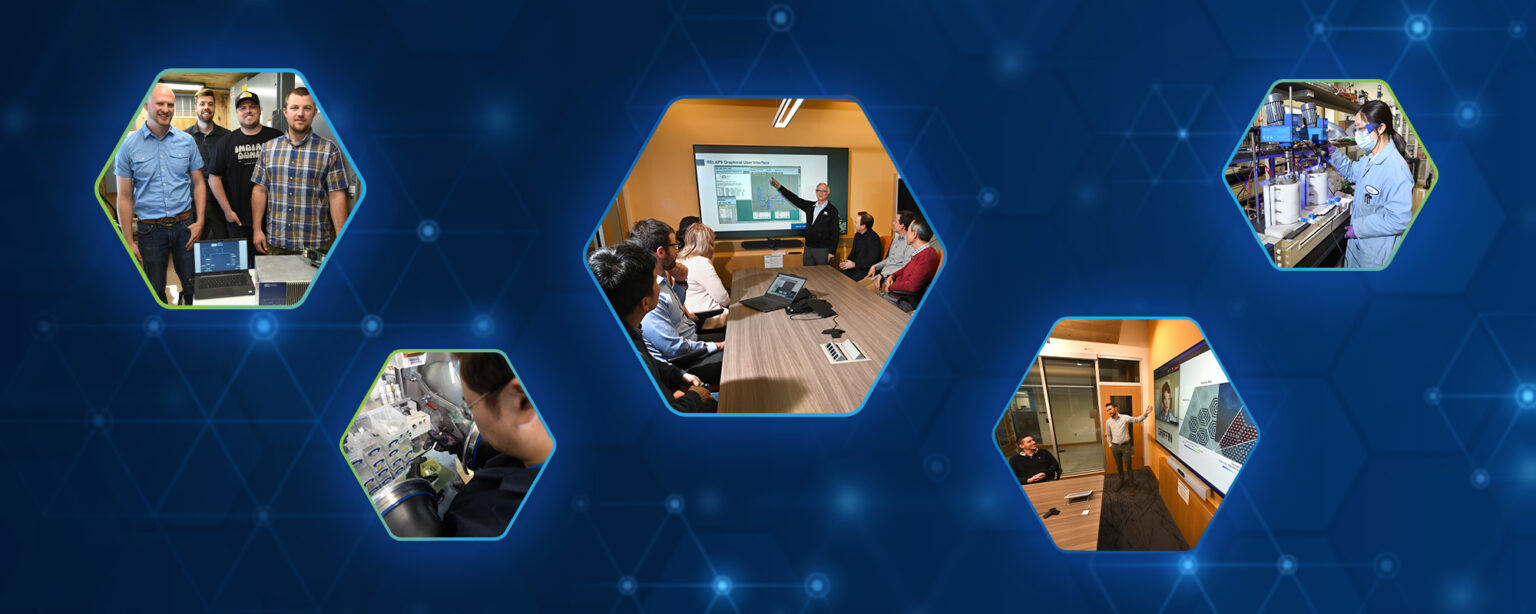Idaho National Laboratory researchers love seeing their technologies at work in the marketplace, bolstering the nation’s economy, energy industry and communities.
“It’s a win for America because these technologies provide much-needed solutions to enhance our everyday lives and keep us ahead of the global competition,” said Jason Stolworthy, INL Technology Transitions director. “That’s truly when the lab is making an impact.”
In fiscal year 2023, INL modified or entered 171 technology licensing agreements with businesses, organizations and government institutions, bringing the number of active licenses generated by the laboratory to nearly 500. In FY-22, the laboratory produced 156 licensing agreements.
These agreements reflect the Technology Deployment team’s extensive work matching technologies with the right businesses, higher learning institutions and organizations.
Here is a sampling of the lab’s 2023 license agreements:
Annotated Translated Disassembled Code (@DisCo)
Netrise Inc., based in Austin, Texas, licensed the laboratory’s award-winning Annotated Translated Disassembled Code (@DisCo), a scalable translated binary analysis platform that improves cyber defense by using machine learning and sophisticated visualization tools to reverse engineer firmware and malware binaries. Netrise will implement @DisCo into its automated firmware analysis products. The Netrise platform helps users identify risks in the software components running on devices that have historically been considered black boxes.
Advanced Electrolyte Modeling (AEM)
Ridgetop Group, headquartered in Tucson, Arizona, entered an exclusive distribution license for the laboratory’s Advanced Electrolyte Model (AEM), a computer simulation program that provides information on properties of complex electrolyte formulations and how they can influence battery performance. The agreement gives Ridgetop the right to distribute AEM to a growing customer base via technology sublicense and standard software licensing agreements. The licensing model allows Ridgetop to take ownership of AEM marketing and sales efforts, which will attract customers while the lab leads and enhances the technology.

Master State Awareness Estimator (MSE)
Innovyz USA, a Chicago-based company, licensed the lab’s Master State Awareness Estimator (MSE) and created the startup company Psymetis Inc. The MSE device has built-in software that is installed to a substation, reports the real-time status of a power system’s condition and can prevent cyberattacks from progressing. Psymetis focuses on protecting the electrical grid and innovating the tools and solutions necessary to ensure the resilience and security of these complex systems. This is the fourth startup from Innovyz USA based on the lab’s technologies.

Consequence-driven Cyber-informed Engineering (CCE)
The growing popularity of Consequence-driven Cyber-informed Engineering (CCE) continued in FY-23. The lab licensed the CCE methodology, which focuses on securing critical infrastructure systems through a “think like the adversary” approach, with five additional companies.
The Department of Energy and the lab developed the Cyber-Informed Engineering (CIE) framework to guide the application of cybersecurity principles across the engineering design life cycle. CCE applies CIE’s core principles to an organization, facility or mission by identifying the most likely ways an adversary would manipulate or compromise them and determining the most effective way to remove or mitigate those risks.
EC-Leach
The lab teamed with Arizona-based Airtronics to commercialize this lithium-ion battery recycling technology developed by the Department of Energy’s Critical Materials Institute. The technology won a 2022 R&D 100 Award. The lab and Airtronics are scaling up the technology for commercial deployment. This technology could significantly increase domestic capacity to competitively produce cathode materials from discarded batteries.

Griffin
Griffin is a finite, element-based reactor multiphysics application. It is suitable for steady-state and time-dependent coupled neutronics calculations leveraging the various MOOSE-based thermal-fluids applications (Pronghorn, Relap-7, SAM, Sockeye, etc.) and fuel performance application BISON. Griffin solves the linearized Boltzmann transport equation in 1D, 2D and 3D heterogeneous and homogeneous geometries. It has been used in the analysis of pebble-bed, prismatic, molten-salt and fast sodium-cooled reactors, microreactors, nuclear thermal propulsion and several experimental facilities.
Multiple universities, including Idaho State University, University of California, Berkley, and the University of Florida, licensed Griffin software to help create a variety of nuclear reactor designs.

Reactor Excursion and Leak Analysis Program 5-3D (RELAP5-3D)
Reactor Excursion and Leak Analysis Program 5-3D (RELAP5-3D) is a widely licensed software that primarily analyzes potential accidents and transients in water-cooled nuclear power plants and advanced reactor systems. The software gained nine licenses in FY-23. While other codes can model what happens inside a nuclear reactor, they are often limited to one part of the system or one phenomenon, like fluid dynamics. RELAP5-3D models the entire system (i.e., reactor core, primary cooling system and secondary coolant loops) for every type of nuclear reactor, including light-water, heavy-water, molten-salt, liquid-metal and high-temperature gas reactors.

For a complete overview INL’s technology deployment activities, click here.







